petrochemist
TPF junkie!
- Joined
- Mar 9, 2014
- Messages
- 1,873
- Reaction score
- 608
- Can others edit my Photos
- Photos OK to edit
The only Scorpions I have available are safely encased in plastic which unfortunately blocks most of the UV so they don't fluoresce. I've never tried it on other arachnids, might be worth a try as my 'Full spectrum' camera has very little UV response.
Fluorescence from man made materials can be fun to shoot as well
Fluorescence from man made materials can be fun to shoot as well



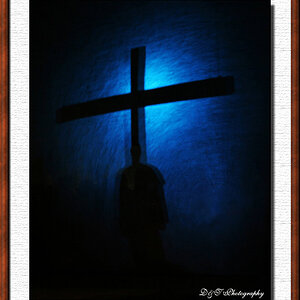
![[No title]](/data/xfmg/thumbnail/30/30884-b92cca2d3ad6f728825cf7e936e8cef6.jpg?1619734496)

![[No title]](/data/xfmg/thumbnail/37/37656-96c70ee246b815f10e703ff6cd8acdc0.jpg?1619738172)
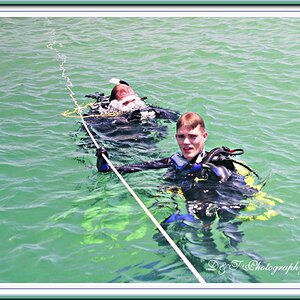
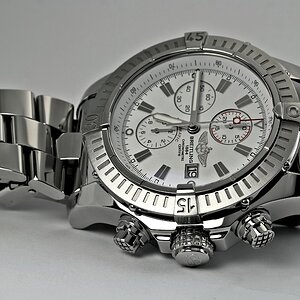
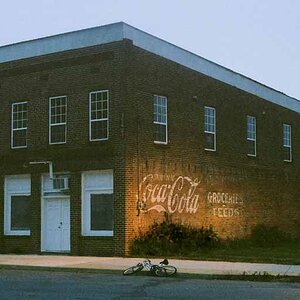


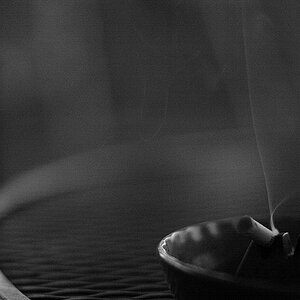
![[No title]](/data/xfmg/thumbnail/31/31758-546fe80b548bda08983001811ab5be60.jpg?1619734994)
![[No title]](/data/xfmg/thumbnail/30/30882-ce388519574371448d7493784524607a.jpg?1619734495)